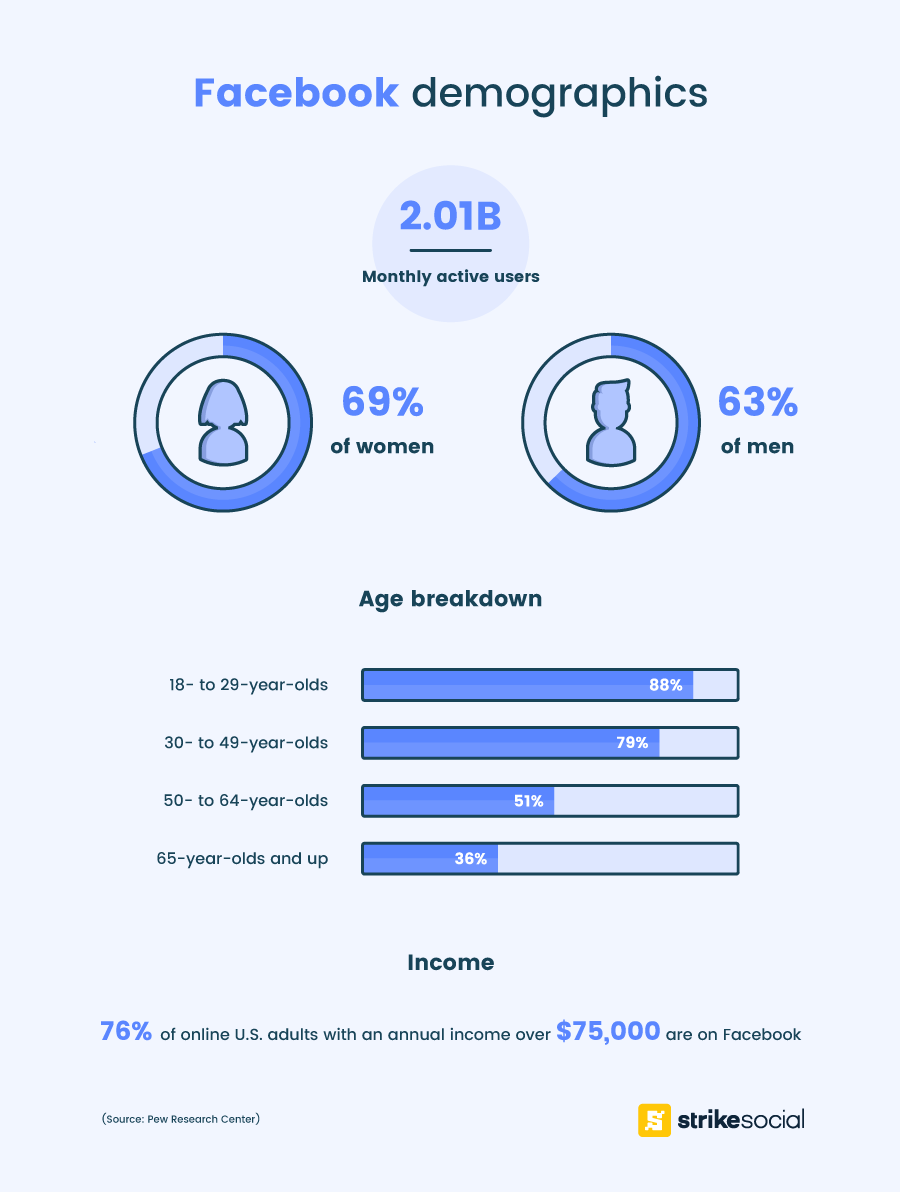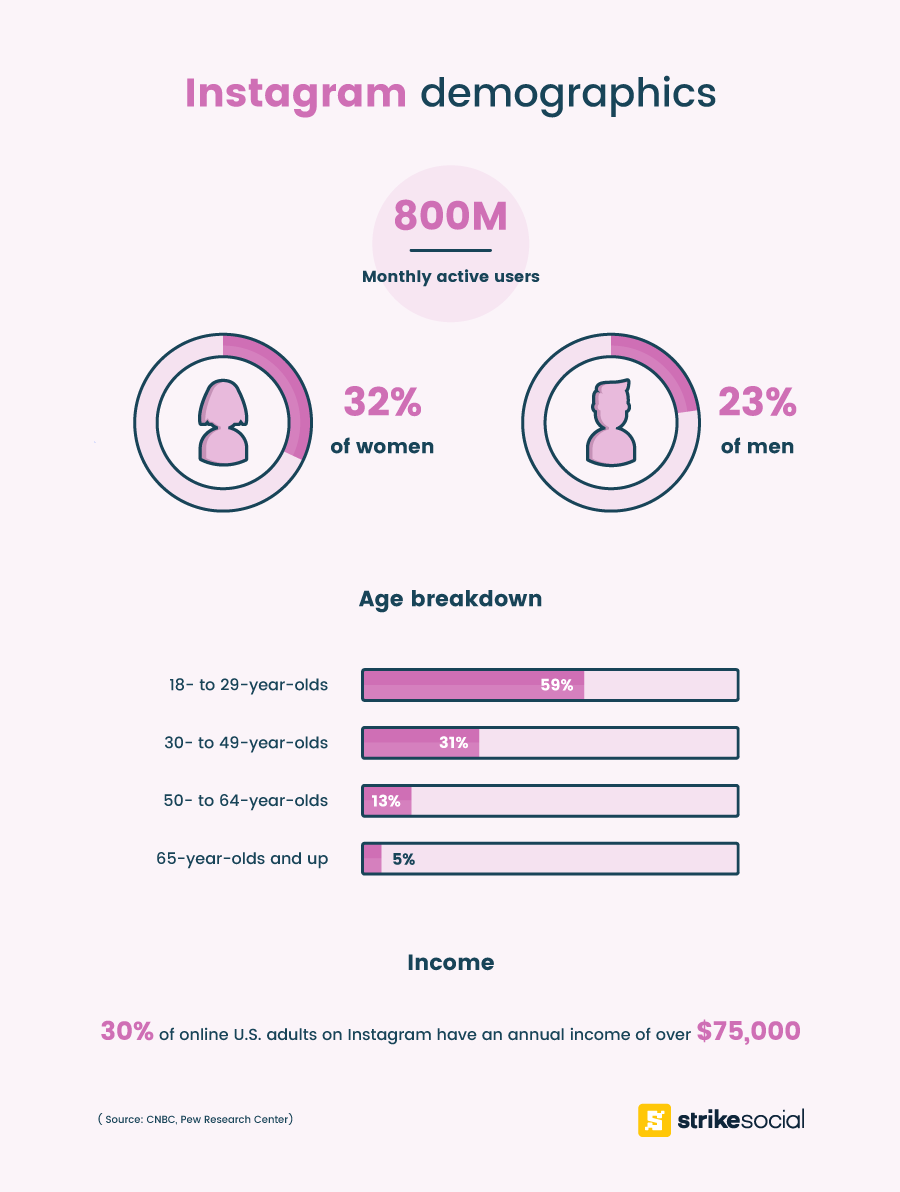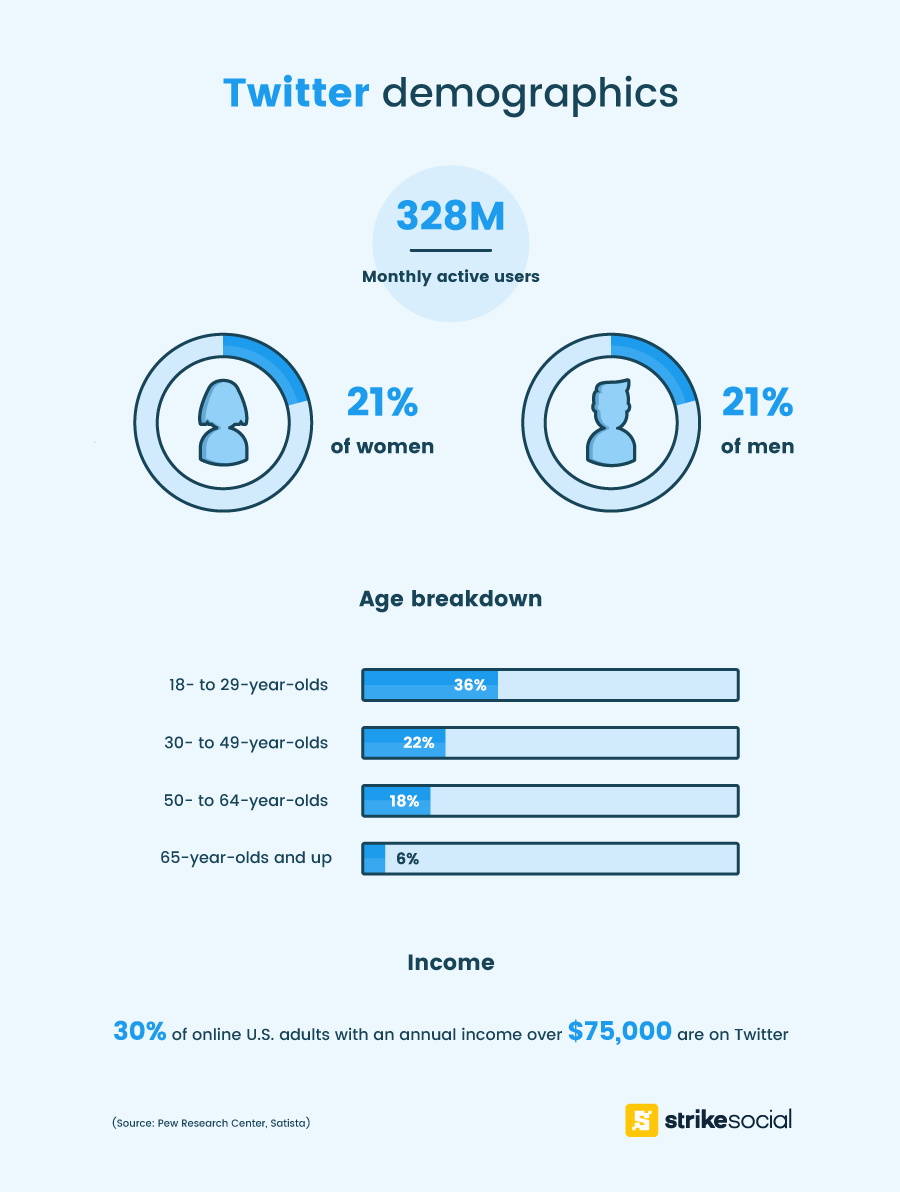
Making Yourself More Marketable
Making yourself marketable has never been more critical than in today’s saturated and cutthroat market. For every job position you interview for, there are about a dozen active candidates who come from the same educational level and bear the same skill set and knowledge base. Here are six ways to distinguish yourself from them:
Marketable Tip 1: Be a Team Player

It’s about all the parts coming together as one
Technical proficiency is no longer enough to make it as a professional. Employers also look for recruits who can fit the company’s culture. Practice your social skills, mainly how well you work with others. Showcase to employers that you can be a team player by working on group projects and reaching out to people to either help them or ask for it. Being part of an effective team includes knowing for to share credit and when to step back so that others can shine.
Take-away reminder: Recruiters tell me that this is a place they often see candidates fail. They are so focused on themselves they forget to build into the responses the acknowledgment of how others added or supported successes.
Marketable Tip 2: Be Knowledgeable
From the fundamental concepts to the legal aspects of the job, showing that you are knowledgeable can impress a lot of employers obviously. If needed, talk to an employment attorney to ask about legal matters, such as standards and rights set forth by the state to protect employees. But knowledge is not a flat process, is it part contextual and part application and part process. Be sure to include elements of your responses to include all the aspects.
Take-away reminder: There is nothing worse than “giving the answers only because you read it somewhere, without any context on how “it” was applied and the lessons learned from the process.
Marketable Tip 3: Collect Online Courses
While stand-alone online courses such as those host on Edemy.com are still not recognized by some companies as an equivalent to a traditional two and four-year course-specific programs, with accredited training curricula It can still be an excellent credential to add to your resume. Online courses are well-suited for professionals who are working full-time or have other obligations to fulfill and cannot commit to a traditional immersive curriculum. A lot of these programs are usually done at the student’s own pace. Courses are also tailored to specific technologies, skills, or practices. Once you’ve finished a course, make sure to update your resume, then be sure and keep up with what you learned. Check out this article from LearningEvolution.net about alternative online course options beyond Edemy.com.
Take-away reminder: Once you take a course, practice your new skill. Create an online portfolio of projects that illustrate how you take what you learned and created something, or wrote something, etc. For instance, if you take a coding or web-design course; offer to do a small web project for a worthy non-profit. It will be good exposure and gives back to the community.
Marketable Tip 4: Work on Side Projects
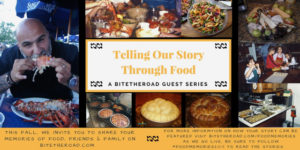
This is a side project of mine that looks to create storytelling space around food & family memories for those without a blog source at BiteTheRoad.com
Side projects are especially prevalent if you are applying for a tech-related job, such as a web developer or software engineer, but can still be an applicable technique for other industries, like finance and social engineering. Work on side projects during your downtime, but make sure that it showcases the technologies and concepts you’ve learned and mastered throughout your professional career.
Take-away reminder: Don’t forget to create a portfolio of your projects!Self-promotion is part of the game. It will be even richer if you include clips, quotes or feedback from the clients/hosts.
Marketable Tip 5: Journal Everything
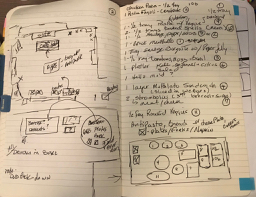
This is my actual journal that I use to plan holiday gatherings.
First get in the habit of taking notes. You can use the standard “Moleskine” notebooks I favor or any that fit your particular lifestyle. You can also use OneNote or EverNote programs (If you tend to use an Ipad – there are many that work great as well as these – these just happen to be my personal favorites), both great integrated tools for keeping track of notes and projects. This also ends up being your first draft of your thought process for later on.
From there, considering starting a blog and include anything and everything related to your profession. This includes hobbies that are relevant to the job position you are applying. Make your journal as detailed as possible. The more in-depth you can discuss your interests and passion, the better your employers can get to know you. This may lead to an invite for an in-person interview. Several tools are available as well as easy to do it yourself training on blog platforms such as WordPress.com and WIX.com.
Take-away reminder: Need help with getting your Blog online? You can connect with me for support or read my two-part post on getting started with Blogging Part 1 and Part 2 or read my post “Have you blogged that?”.
Marketable Tip 6: Network, Network, Network
Last but not least, don’t underestimate the power of a reliable network. Make sure to have glowing references from previous employers and colleagues. Be sure that you carry some kind of contact card; I have been happy with VistaPrint, Cafepress, Moo, and PsPrint depending on the need. They all offer low-cost printing options and have special reduced rates you can take advantage of. Look for local and national organizations that share and overlap in your interests. Participate in online forums by making well thought out comments to blog posts. Allow yourself to stand out as a well-spoken and thoughtful person. This isn’t the time to be “right” rather you want to be recognized as “in the know”. Consider submitting for a conference. being part of a panel or workshop gives you a level of expertise and is a great way to shine (it also is something worth noting on the CV, social media profiles). If you don’t have one – consider how you can create and polish up your LinkedIn.com profile. Aren’t using social media? I can help you get kick started with my Bootcamp program.
Take-away reminder: To get noticed and on the mind of those in the industry- you have to get out from behind your workspace and put yourself out there.
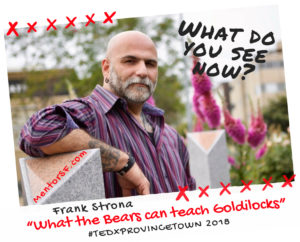


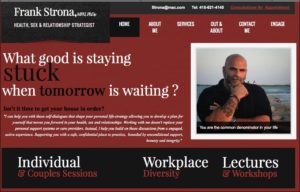

 If you’re like many people, you could use more exercise in your life. Believe I am right there with you on that! Try as I might – there is no ignoring the fact that establishing a regular workout routine will help you feel more
If you’re like many people, you could use more exercise in your life. Believe I am right there with you on that! Try as I might – there is no ignoring the fact that establishing a regular workout routine will help you feel more  Surrounding yourself with new people is a great way to adopt a new mindset and see life from different perspectives. This may mean having to cut ties with old friends who’ve been bringing negativity into your life. Meeting new friends is hard, but not impossible. Start by changing routines, going to new places in your town, and going to new events. You can also go online and find groups of people who share the same interests as you and sign up to participate in group activities.
Surrounding yourself with new people is a great way to adopt a new mindset and see life from different perspectives. This may mean having to cut ties with old friends who’ve been bringing negativity into your life. Meeting new friends is hard, but not impossible. Start by changing routines, going to new places in your town, and going to new events. You can also go online and find groups of people who share the same interests as you and sign up to participate in group activities. Somewhere along the road to “growing up” we learn to equate relaxation, contemplation and the “
Somewhere along the road to “growing up” we learn to equate relaxation, contemplation and the “
 Finding a new job in a more desirable field might be just what you need to start a new and rewarding life. Changing careers can help you increase your income
Finding a new job in a more desirable field might be just what you need to start a new and rewarding life. Changing careers can help you increase your income 

 Physical exertion, such as a one-mile jog, or a game of basketball, has been shown to improve a person’s mental well-being by distracting the person from his fears and also serving as a means of bolstering self-esteem. This is a great way to work through restless energy and adrenaline that can come with fear, and help to make your experience in recovery shorter. But remember the exercise doesn’t have to mean you go from zero to ten. if you aren’t someone who does it regularly start slow. Walks alone or with a friend. Consider borrowing a friends dog if you haven’t one and volunteer to take that 4-legged stress reducer for an always welcomed outing.
Physical exertion, such as a one-mile jog, or a game of basketball, has been shown to improve a person’s mental well-being by distracting the person from his fears and also serving as a means of bolstering self-esteem. This is a great way to work through restless energy and adrenaline that can come with fear, and help to make your experience in recovery shorter. But remember the exercise doesn’t have to mean you go from zero to ten. if you aren’t someone who does it regularly start slow. Walks alone or with a friend. Consider borrowing a friends dog if you haven’t one and volunteer to take that 4-legged stress reducer for an always welcomed outing.




